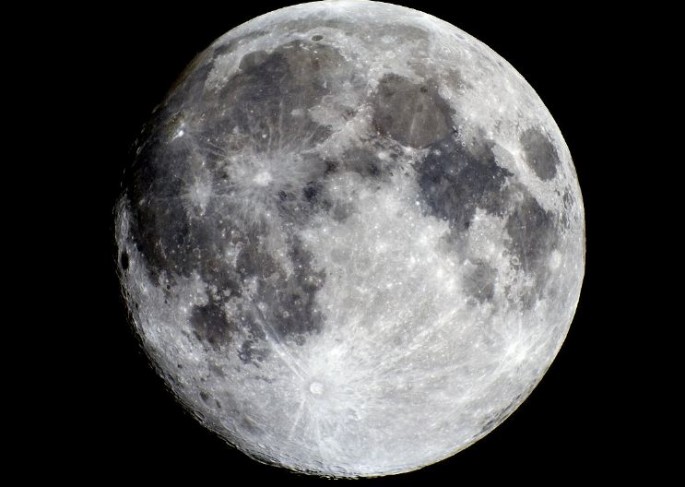The full moon doesn't only influence the tides on Earth. It seems the full moon also influences earthquakes.
A new study drawing on data from the past two decades has apparently demonstrated the moon's gravity can pull at a fault in the Earth's crust, especially one already close to failing and slipping.
The study by Satoshi Ide and colleagues from the University of Tokyo measured the timing of high tides and reconstructed the amplitude of the moon's pull at those times, focusing on the two weeks prior to large earthquakes.
They found some of the largest and most devastating earthquakes in recent memory happened when the Earth's crust was under the highest tidal stress.
Researchers noticed the massive Dec. 26, 2004 Indonesian earthquake that hit the island of Sumatra killing over a hundred thousand persons (mostly due to a mammoth tsunami) occurred near the time of full moon and spring tide. The same was apparent during the Feb. 27, 2010 temblor in Maule, Chile.
These quakes both occurred close to the peak of tidal stress, when the moon and sun together exert the greatest gravitational influence over Earth.
The March 11, 2011 Tohoku-Oki earthquake in Japan, which caused that country's murderous tsunami, occurred during the neap tide, but the tidal stress was high at that time.
The study couldn't find any correlation between the tides and small earthquakes, however. Previous research suggested there's a link there, too.
Nicholas Van Der Elst, a seismologist with the US Geological Survey, published a study in July that looked at low-frequency earthquakes in the notorious San Andreas fault, and found they were more likely to occur during the moon's waxing phase -- which we're in at the moment -- when the tide increases in size at the fastest rate.
The mechanisms underlying this connection are not clear, however. The moon's pull causes tidal disruptions that are orders of magnitude lower than those experienced in an earthquake.
Not every change in tide comes with an attendant earthquake. Part of the problem is that scientists still don't know exactly what causes a major earthquake.
But one theory holds they begin as smaller fractures that build up via a cascading process.
Deep tremors that can lead to major earthquakes can be very sensitive to tidal stress changes. The probability of a tiny rock failure expanding to a gigantic rupture increases with increasing tidal stress levels, said the researchers.
In other words, during a new moon or full moon, a small increase in tidal stress might be enough to encourage a very small fracture into a major earthquake.
But that's only if the research holds up, as seismologists continue to pore over larger data sets. Ide and colleagues point out that at least three other quakes in November 2006, January 2007 and September 2007, were not correlated with times of large tidal stress. "What about the next few earthquakes? We will have to wait and see," said Van Der Elst.



























